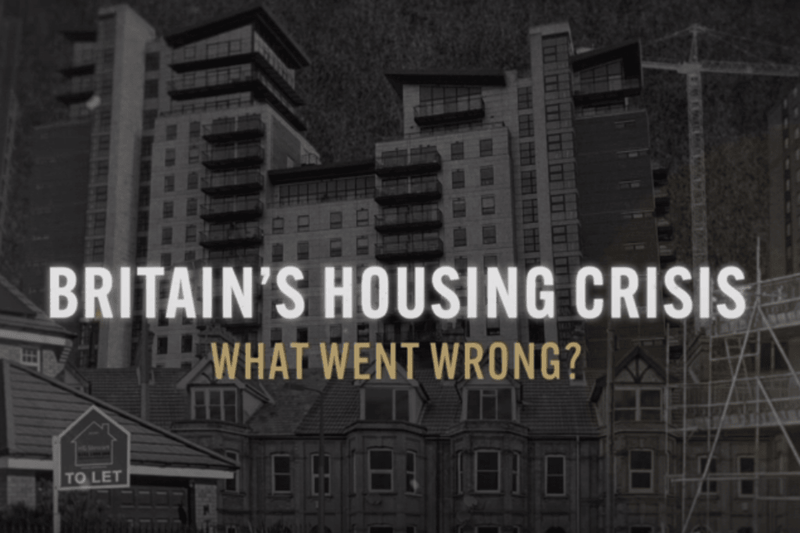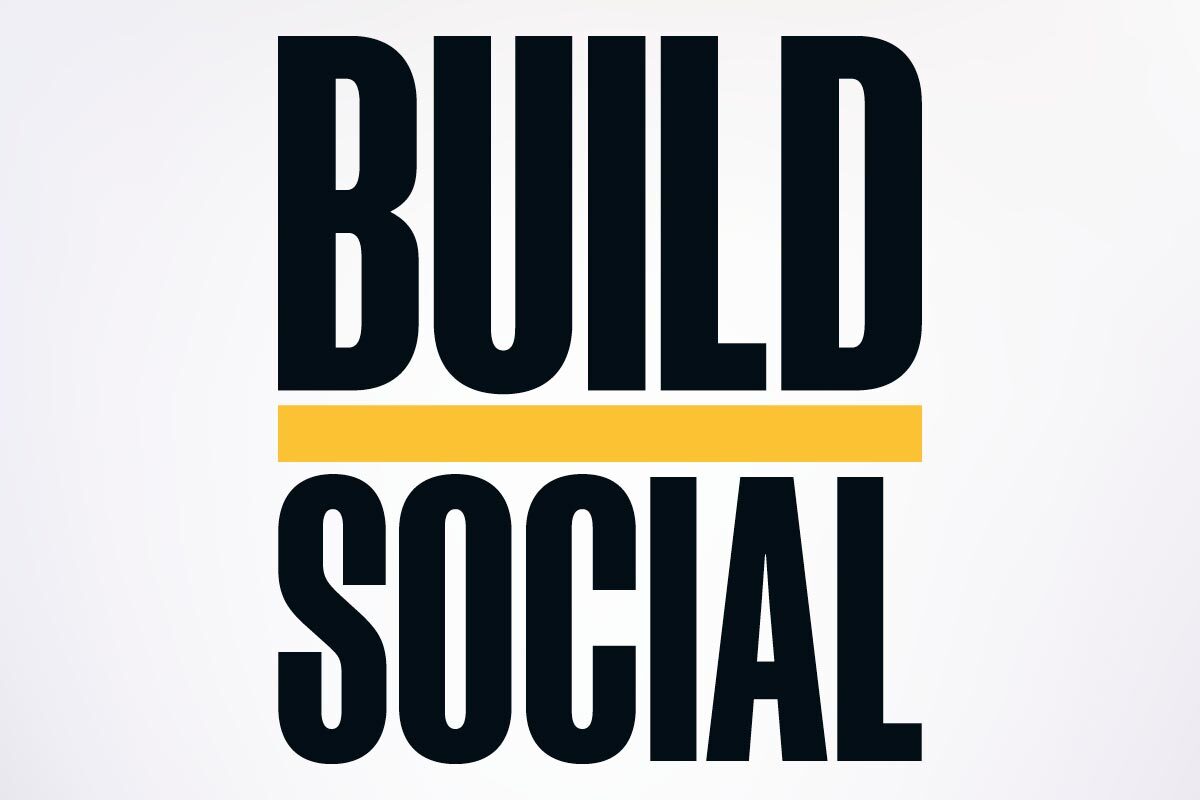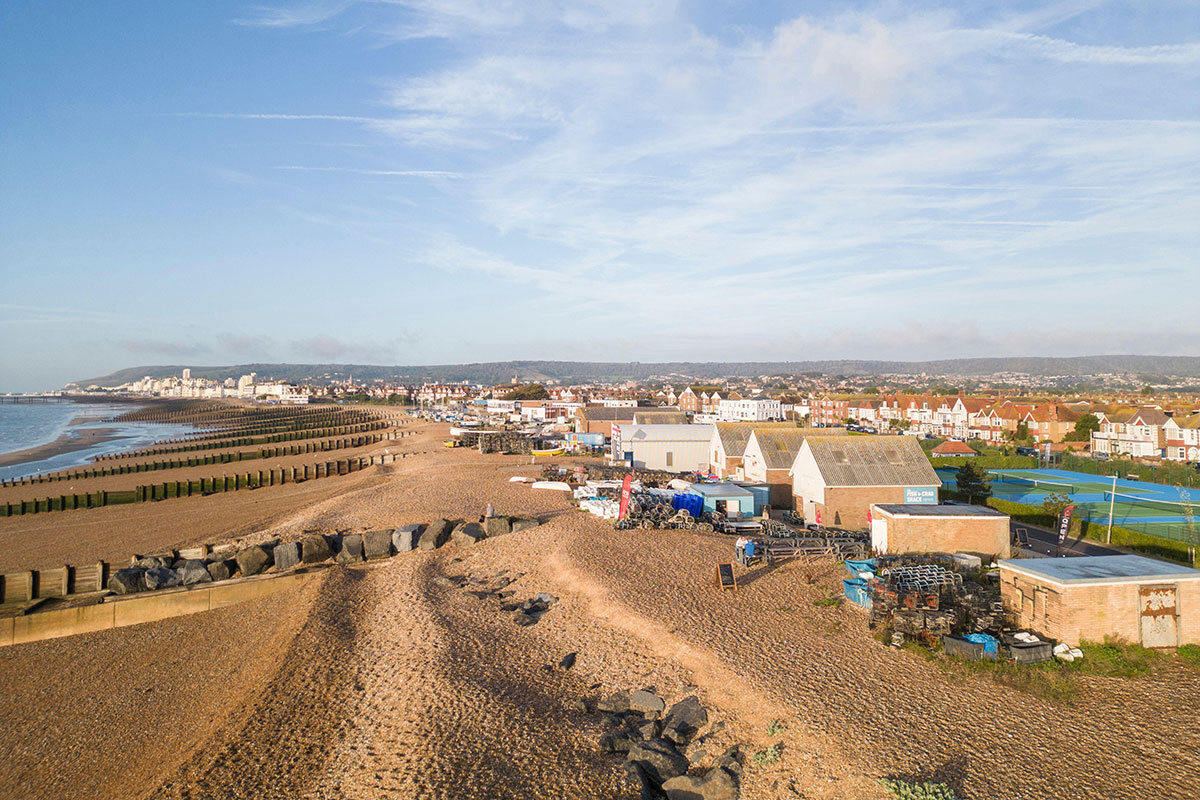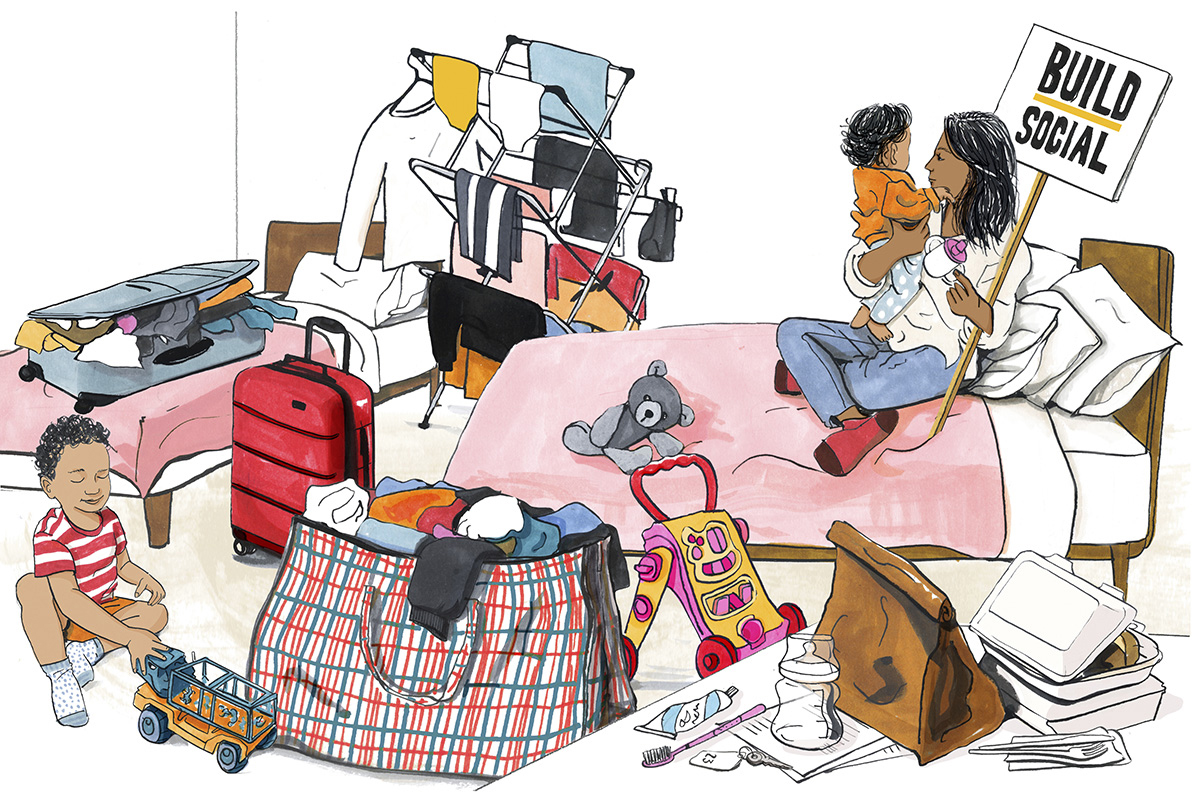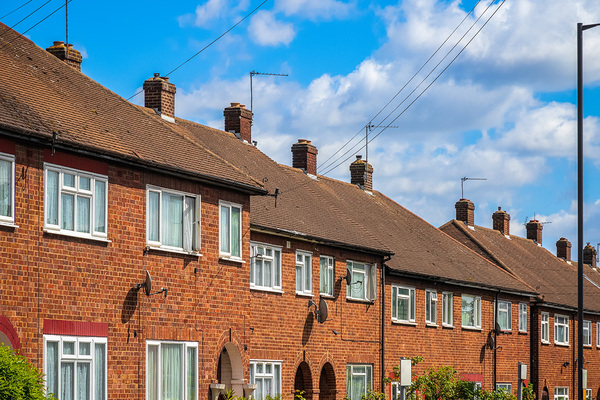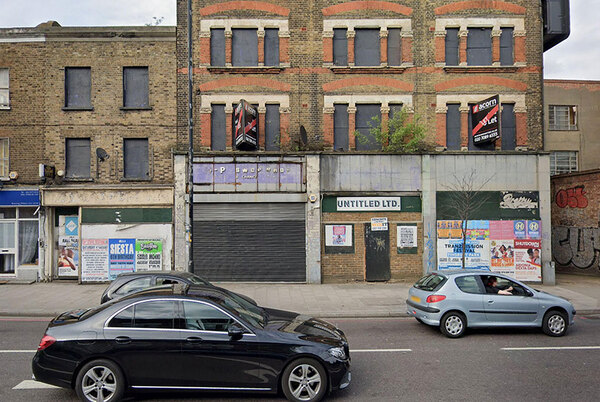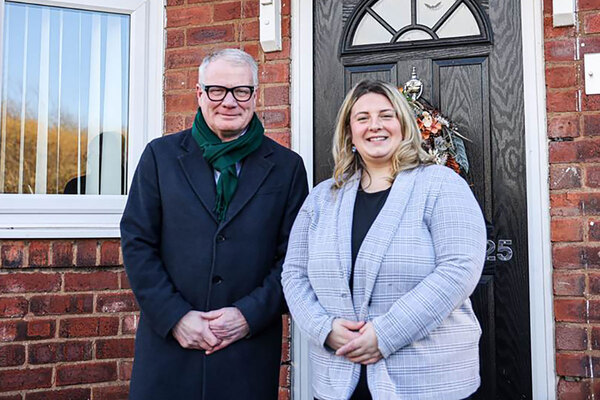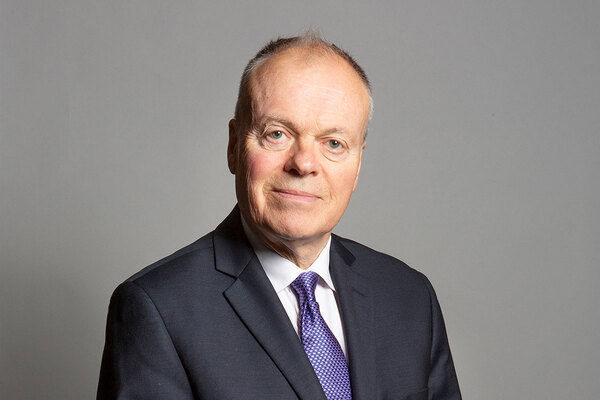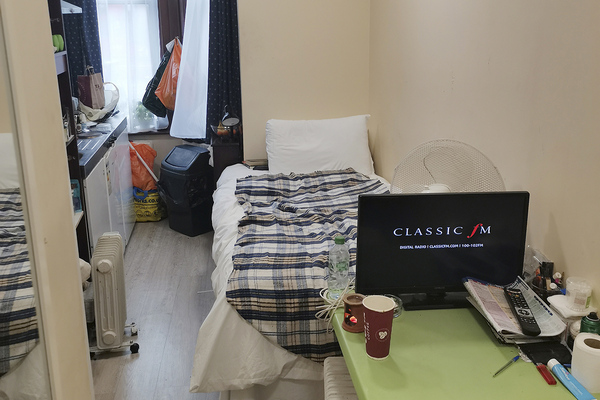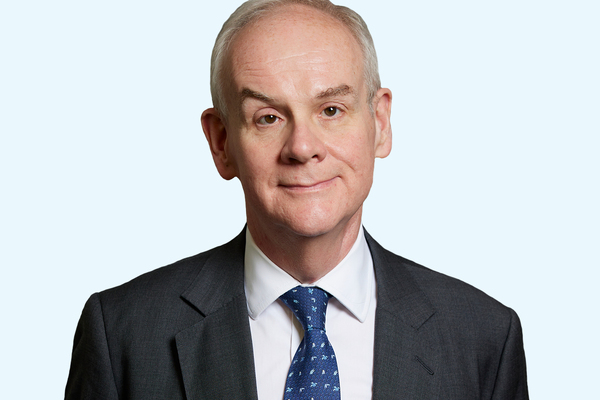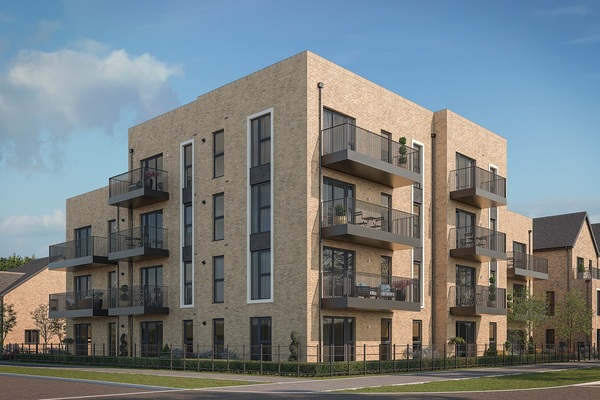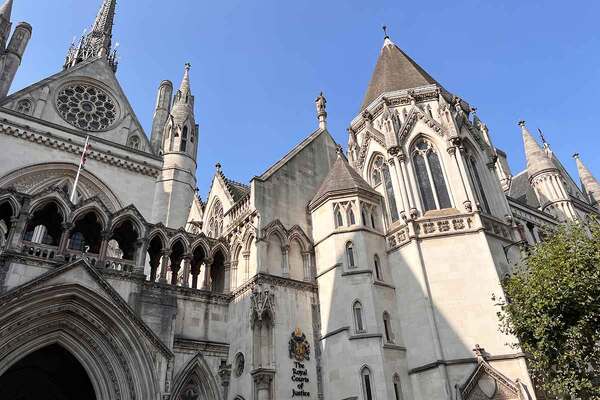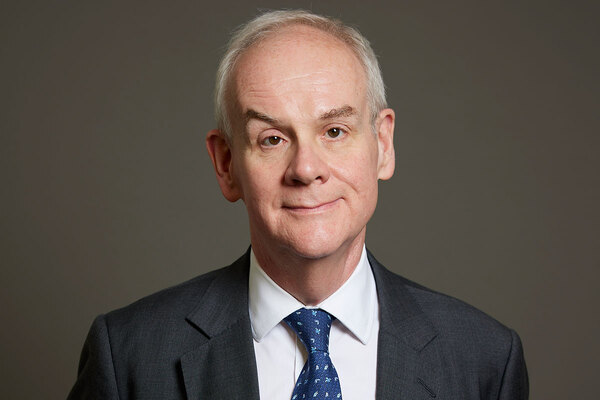You are viewing 1 of your 1 free articles

Jules Birch is an award-winning blogger who writes exclusive articles for Inside Housing
The BBC’s housing documentary tells us everything wrong with housing, but not how to make it right
Jules Birch reflects on the episodes of a BBC documentary that trace what has gone wrong with the property-owning democracy promised by post-war politicians
Watch a few minutes of the new BBC housing documentary and you’ll get annoyed. Watch an episode and you’ll be full of righteous anger.
Over two hour-long episodes, Britain’s Housing Crisis: What Went Wrong? does a great job of revealing the key episodes along the way and the bad actors at the heart of them.
Interviews with leading politicians, special advisors, financiers and developers are intercut with archive news footage that neatly illustrates the way that things got steadily worse as national politics concentrated on the external crises like the credit crunch, Brexit, COVID-19 and the rest. These are complemented well by interviews with activists who campaigned for action to put things right.
The programme does a great job of telling the story of, as the first episode puts it, “how a dream was destroyed by two decades of political and economic failure” and of putting that in the wider context of house prices inflated by lax mortgage lending to the detriment of the rest of the economy.
It traces what’s gone wrong with the property-owning democracy promised by post-war politicians as house prices have soared to ever more unaffordable levels since New Labour won the election in 1997.
But why just two decades? And why start in 1997 when that edits out key parts of the social housing story: the Right to Buy, the strangulation of council housing and the rise of housing associations and private finance?
For homeownership, it starts after the zenith of the property-owning democracy under Margaret Thatcher. It also ignores the liberalisation of the financial system in the 1980s that led to the demutualisation of building societies, broke the link between savings and lending and opened the UK mortgage market up to international capital flows.
For private renting, it leaves out the ending of security of tenure in 1988 that would later underpin the rise of buy-to-let and landlords pricing out first-time buyers.
That also meant it did not put what’s happened to house prices since 1997 in the context of previous booms. Look back to 1989-1992 and you’ll see the key difference that it was followed by a crash that eventually made prices relatively affordable again. Starting in 1997 gives the slightly misleading impression that prices have almost inevitably gone in one direction.
“But why just two decades? And why start in 1997 when that edits out key parts of the social housing story?”
In a story well told via interviews with key participants, the first part of the documentary begins with Labour’s decision to make the Bank of England independent. House prices were boosted by the fall in real interest rates that followed.
Labour commissioned the Barker Review and attempted to address its diagnosis of a chronic under-supply of new homes. However, we see how its attempts to boost housing supply ran into the buffers of the financial crisis and how the Bank of England rescued the economy with quantitative easing at the cost of inflating asset prices even more.
After 2010 the Conservatives tried to boost supply with planning reform but ran into strong resistance. They then introduced Help to Buy, which did boost housebuilding but delivered far bigger profits, bonuses and dividends for developers who pleaded ‘viability’ to wriggle out of providing affordable housing.
The sheer scale of the value extraction by the biggest companies is detailed in some devastating research by Ian Cole and Tom Archer of Sheffield Hallam University.
Part two begins with the hare-brained Housing Bill that the Conservatives tried to implement when they won an outright majority in 2015 before Brexit changed everything.
The backlash that had already begun against landbanking developers was only intensified when their cynical exploitation of leasehold began to emerge.
And Tory hostility to social housing gave way to promises of more council housing by Theresa May at the 2017 election – only for the Grenfell Tower fire to break out just six days later.
The immediate anger over Grenfell was succeeded by a building safety crisis that exposed decades of official complacency and campaigning that exposed shameful neglect of conditions in social housing.
Not much in the two programmes will come as a surprise to anyone who’s been paying attention, but they do a good job of pulling it all together, making the links between those different elements and expressing a barely repressed anger at what’s gone wrong.
We get to hear directly from politicians such as Alistair Darling, Nick Boles, Philip Hammond, Gavin Barwell and Sajid Javid as well as campaigners including Katie Kendrick, Martin Lewis and Kwajo Tweneboa.
“Failures on social housing only appear towards the middle of the second episode when they could/should have been front and centre throughout”
But even over two hours it left me wondering about was left out: failures on social housing only appear towards the middle of the second episode when they could/should have been front and centre throughout; there was very little about temporary accommodation and homelessness; and the huge issue of how housing is taxed is not mentioned at all.
Although the programme was billed as being about Britain’s housing crisis, most of it was about London, and there is nothing about the impacts of short-term lets on rural and coastal areas.
Finally, two hours of what’s gone wrong left me wanting at least one on how to put things right, not just getting angry but getting even.
The simple answer is more homes, and it’s implied that planning reform is the way to deliver them. But that also begs some tougher questions. Is that enough in itself? Who will build them? What will they build? And who for? And how can that be sustained over decades?
Jules Birch, columnist, Inside Housing
Sign up for our Week in Housing newsletter
Already have an account? Click here to manage your newsletters
